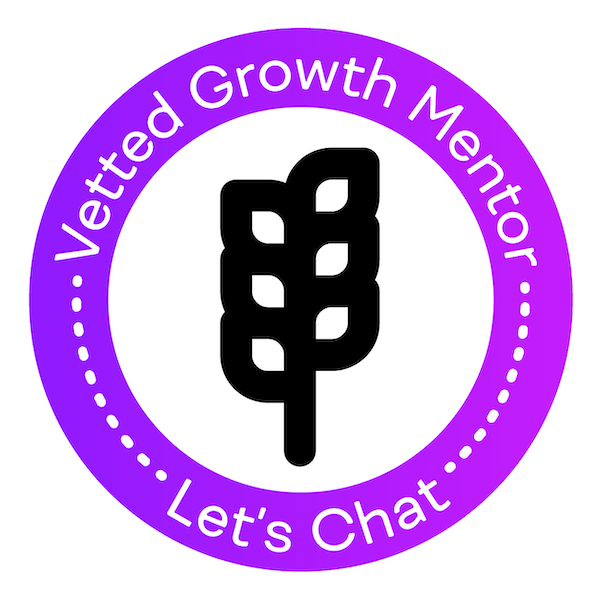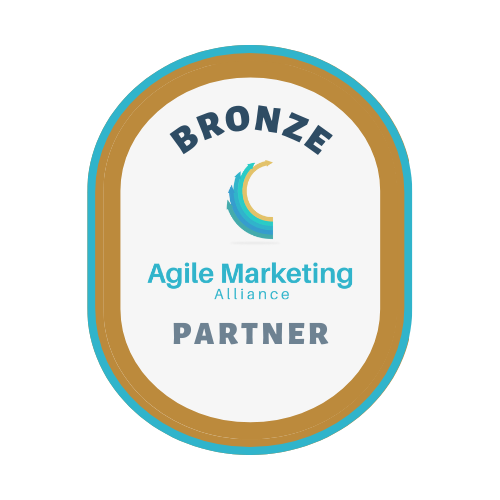The BRASS framework: a prioritisation framework growth marketers
Article originally published in August 2023 by Stuart Brameld. Most recent update in April 2024.
Request a demo
Project management for growth and agile marketing professionals. Map your acquisition funnel, integrate analytics and run agile experiments.
Experiment results
Recent experiments results include competitor SEO, AI-driven content, exit-intent modals and AB testing homepage headlines.
Case study
"We are on-track to deliver a 43% increase in inbound leads this year. There is no doubt the adoption of Growth Method is the primary driver behind these results."
![]()
Certified
We are vetted mentors with Growth Mentor and a partner with the Agile Marketing Alliance.
The BRASS framework is a prioritisation method specifically designed for identifying the most suitable and effective customer acquisition channels.
Prioritisation frameworks help marketing and growth teams to:
- Manage internal stakeholders
- Bring transparency to team priorities
- Eliminate opinions around what is and isn’t important
- Empower people to share ideas they feel will have impact
- Determine the order in which to work on experiment ideas.
What are the key scoring frameworks?
Opportunity evaluation is an important skill for any high impact growth team that will improve over time. Working on the right projects instead of the wrong ones has a huge impact on team results. These scoring help you to determine what to prioritise and the best places to start.
A number of frameworks existing for evaluating opportunities and prioritising your marketing resources. Some of the most popular are shown below.
| Framework | Developed by | Scoring factors |
|---|---|---|
| RICE | Sean McBride at Intercom | Reach, Impact, Confidence, Effort |
| ICE | Sean Ellis at GrowthHackers | Impact, Confidence, Effort |
| PIE | Chris Goward at WiderFunnel | Potential, Importance, Ease |
| HiPPO | n/a | Highest paid person’s opinion |
| BRASS | David Arnoux at Growth Tribe | Blink, Relevance, Availability, Scalability, Score |
| HIPE | Jeff Chang at Pinterest | Hypothesis, Investment, Precedent, Experience |
| DICET | Jeff Mignon at Pentalog | Dollars (or revenue) generated, Impact, Confidence, Ease, Time-to-money |
| PXL | Peep Laja at CXL | Above the fold, noticeable within 5 sec, high traffic pages, ease of implemention and more. |
BRASS framework history
The BRASS method, originally developed by David Arnoux and the Growth Tribe team, helps growth practitioners prioritise ideas for customer acquisition. Like other prioritisation frameworks, BRASS helps to remove the gut-driven mindset from decision making.
Growth Tribe was founded in 2015 and the BRASS method was first talked about publicly and used in their training course from 2016.
How to use the B-R-A-S-S prioritisation framework
The core elements of BRASS framework are outlined below.
| Factor | Explanation |
|---|---|
| Blink | Your intuitive score for the idea. What’s your initial gut feeling? |
| Relevance | How relevant is this channel for me? Do I have product-channel fit? How narrowly can you target and reach your potential customers using this technique? |
| Availability | Do I have resources in-house to do this? How easy is it to set up this channel? How long will it take? How much will it cost? Do we already have some of the tools? |
| Scalability | If it turns out to be extremely effective, how easy will it be to scale it up? |
| Score | N/A |
Assign a score between 1 and 5 for each of the 4 factors above (Blink, Relevance, Availability and Scalability) where 1 is the lowest and worst score, and 5 is the highest and the best. These are then used to calculate your overall score. Whilst BRASS prioritisation can be performed by an individual it is best done as a team where possible.
The BRASS prioritisation formula
To get your BRASS score, multiple the above scores together. Your maximum possible score is 625 and the lowest possible score is 1.

Below is an example of the BRASS framework applied to a number of fictional growth ideas.

For more advanced teams, it is also possible to weight certain parameters with a coefficient. For example, if you are low on time and resource, you may like to give a 2x important to Availability. If your team is relatively mature and in search of ideas that can create a step-change to growth, you may wish to 2x the importance of Scalability.
Resources
Recommended additional reading on the BRASS scoring framework and prioritisation in general.
Final thoughts
For marketing and growth teams, the specifics of the various different scoring frameworks, and their pros and cons matters far less than picking one and implementing it within your team.
Creativity combined with rapid iteration are the keys to making progress on user growth. Remember that you can get to 10X growth by a combination of 2Xing a few different metrics, hitting one out of the park, or getting 10% increases across the board. They all multiply together to be 10X. If you can brainstorm a lot of ideas, going for quantity over quality, you’ll have a lot of ideas to evaluate for impact versus cost.
Andrew Chen
Got questions? Ping me on LinkedIn or on Twitter.
Other articles you might like
Here are some related articles and further reading you may find helpful.
- The DRICE framework: a modern prioritization framework
- The HIPE framework: a prioritisation framework for growth marketers
- The BRASS framework: a prioritisation framework growth marketers
- The PXL framework: a prioritisation framework for growth marketers
- The PIE framework: a prioritisation framework for growth marketers


